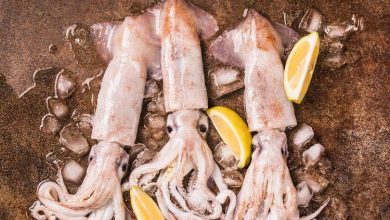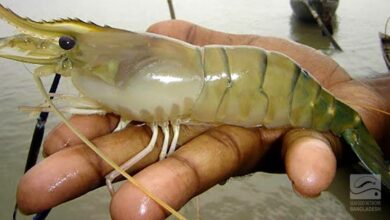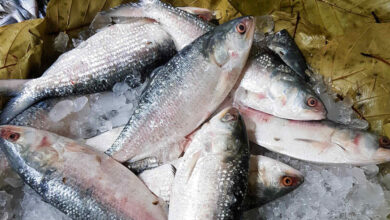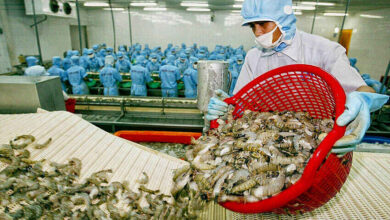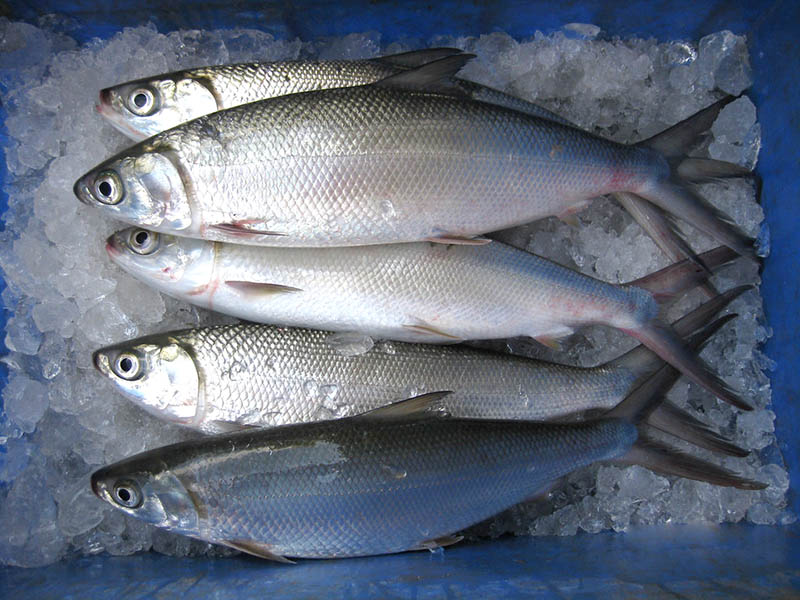
One of the most significant seafood in the world is the milkfish (Chanos chanos). One of the last surviving members of the family Chanidae (order Gonorhynchiformes) is the milkfish (Chanos chanos), a silvery oceanic food fish. Brackish or freshwater tropical ponds are common places to catch juvenile milkfish, which are then raised for food.
Characteristics of Milkfish:
The body is lengthy, somewhat compressed, and the belly is scale-free. Fat tissue enveloping the eye. Four rays of branchiostegal are present. Maxilla short and no supramaxillae are found. Large axillary scale at the base of the pelvic and pectoral fins. Caudal fin is highly forked; Dorsal and anal fins are present with a basal sheath of scales. Small, smooth, cycloid scales are present with a visible lateral line. Silvery in side, olive-green color in back are shown in milkfish.
It’s a toothless herbivore that may grow to a maximum length of 1.5 m (3 feet) and has a deeply split tail. It can be found throughout all of the Pacific and Indian Ocean’s warmer parts. It is tolerant of extremely shallow, warm (31 °C) lagoon water and is widespread in the warmer Pacific and Indian oceans. It spawns up to several million eggs in shallow, brackish water between March and May.
Feasibility:
More than a quarter of a million tons of milkfish are harvested each year from brackish ponds in Indonesia, Taiwan, and the Philippines; this accounts for over 60% of all fish produced in Southeast Asia through aquaculture. In the upcoming years, it is anticipated that this amazing level of output from a single fish commodity will rise much more to meet the dietary protein demands of Southeast Asia’s rapidly expanding population.
The capacity of milkfish to withstand harsh climatic conditions may be the reason for its success as a cultured food fish species. Extremes in temperature, salinity, dissolved oxygen, ammonia, nitrite, crowded living quarters, and malnutrition are some of these situations. Because of their ability to adjust to these parameters, milkfish cultivators have been able to manipulate culture conditions and take advantage of the species.
A popular seafood in Southeast Asia and several Pacific Islands is milkfish. Whether it is processed or fresh, milkfish is a favorite culinary item in Indonesian fishing villages. The most widely used fish in Taiwanese cooking, milkfish is valued for its affordability, soft flesh, and adaptability.
Due to its reputation as being more thorny than other food fish, milkfish with the thorns removed, also known as “boneless fish”. It has become more and more popular in supermarkets and markets. Popular choices include fish balls, braised fish, pan-fried fish, and congee toppings.
Milkfish are incredibly nutritious. It provides a number of health benefits and is an excellent source of lean protein, omega-3 fatty acids, vitamins, and minerals like calcium and phosphorus. Its protein helps with muscle growth and repair, while its omega-3 concentration supports heart health.
As a seafood delicacy, it is highly esteemed due to its rich flavor, cultural importance, and nutritious composition. Over the past 15 years, research has increased in tandem to solve critical research gaps that have been plaguing the milkfish sector, especially in Southeast Asian countries where its production is practical.
Farhana Islam
Agriculturist, Researcher
Fisheries Resource Management, CVASU

